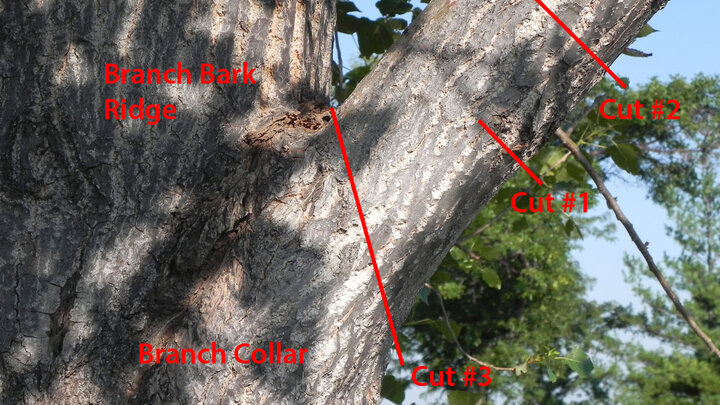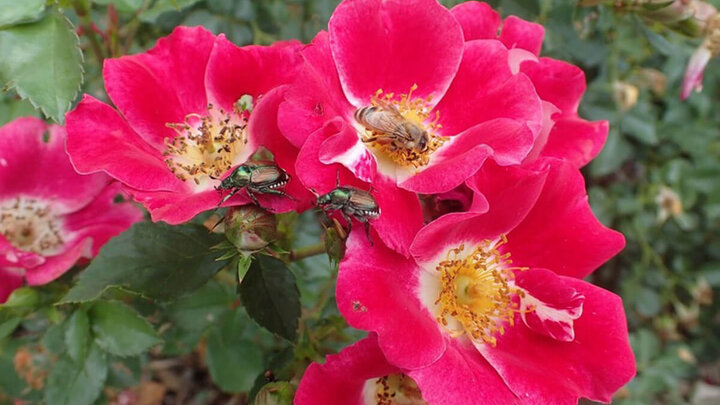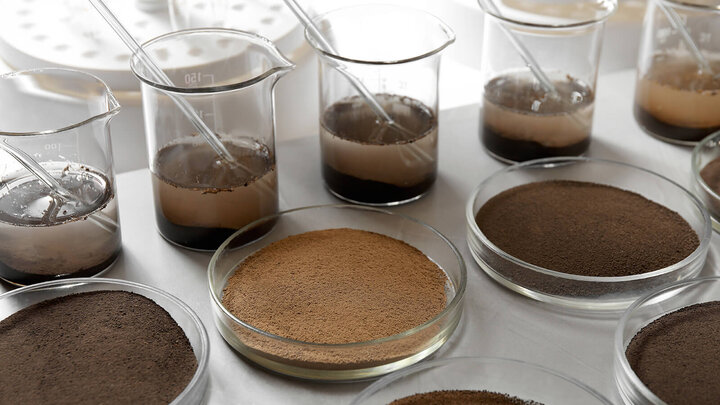Severe weather in summer or winter has the potential to cause tree damage. But no matter whether damage is caused by heavy snow, ice or extreme winds, trees should be managed carefully to prevent further damage while keeping yourself safe.
Damage Assessment
Storms often cause limbs or entire trees to fall, creating dangerous situations in a home landscape. When large trees fall, it’s best to contact an arborist capable of providing emergency tree care in a safe manner while reducing further risk to property.
When branch damage is suspected look for broken, split or hanging branches up in the canopy and possible splits in the tree’s trunk. If large mature trees suffer branch damage and their removal requires working up in the tree canopy, it’s best to contact an arborist. But many homeowners can handle failure of smaller trees or limbs that can be cut from the ground.
Use Good Pruning Techniques
When removing damaged branches, if possible, make cuts so only branch wood is removed and the trunk is not injured. If only branch wood is removed, wounds are smaller, the tree will be able to seal the wound more effectively, and the chance of problems with wood decay are greatly reduced.
To locate the proper place to make a pruning cut, first look for the "branch bark ridge" on the upper surface of the branch where it joins the trunk. This is a line of bark pushed up between the branch and trunk as they grow. (Some branch unions will not have this if they did not form properly. Instead the branch will simply press into the supporting stem, forming a sharp V-shaped union.)
On the underside of the branch look also for the "branch collar", which is a slightly swollen area of trunk tissue that wraps around the base of the branch. A proper pruning cut begins just outside the branch bark ridge and angles down and slightly away from the trunk, avoiding injury to the branch collar.
Remove heavy branches using the 3-cut method.
- First, cut into the underside of the branch, approximately 8-10 inches from the tree's trunk, going less than half way up through the branch. This cut does not remove any of the branch - its purpose is to prevent the branch bark from ripping down the trunk when the branch falls away.
- Second, make a cut an inch or two further out from the first cut (away from the tree trunk) removing the majority of the branch. The second cut should be made from the topside of the branch down.
- Third, remove the remaining stump, also going from the top of the branch down. Be careful not to cut into either the branch bark ridge or the branch collar.
Wound dressing is not recommended as a standard practice anymore. However, if oak or American elms suffer summer storm damage and require remedial pruning, this is the one instance when applying a wound dressing can be used to prevent infection by oak wilt or Dutch elm disease.
Pruning Dont's
- Do not make flush cuts that remove the branch bark ridge or branch collar. Wounds created by flush cuts cause substantially more injury to the tree than wounds left by proper pruning.
- Do not prune oak trees during the growing season, from April through October. This helps prevent trees becoming infected by oak wilt.
- Do not "top" trees. Topping results when branches are cut flat, leaving a long stub beyond the next viable branch. The flat cut can allow water to remain on the wood and promote wood rot. The stub dies and also promotes wood rot. Trees respond to this type of pruning by producing a quick flush of fast-growing, weakly attached branches called watersprouts. Because of their weak attachment, watersprouts are prone to breakage as they grow larger. Topping can cause a decline in the tree's health and ruin the beauty of your tree.
- Do not apply wound dressings to the cut surface. Wound dressing release chemicals that can be harmful to the tree and can hold moisture against the cut surface that promotes wood rot. Instead allow the area to dry naturally. The tree will seal off the wounded tissue and begin growing callus tissue to cover it.
- Don’t be overly concerned if some trees “bleed” or leak sap in spring after late winter pruning. Maple, walnut, willow and birch are prone to bleeding and should ideally be pruned in late summer. However, bleeding is not harmful to the tree. The sap that is lost was intended for the branches that are now gone, so the tree is not weakened. However, sap can attract insects and provide a place for fungal spores to grow; so frequently wash the sap off the tree until it stops bleeding.
Resources for Storm Damaged Trees, Nebraska Forest Service
Know When to Hire an Arborist
Pruning trees is dangerous work, especially when it involves working up in a tree’s canopy or using power equipment. At these times it’s best to hire a professional arborist who can determine what type of pruning is necessary to salvage the tree’s health, while maintaining its appearance and safety. They also have the skills and equipment necessary to safely remove trees too damaged to save.
Check the Yellow Pages or Google certified arborists with either the International Society of Arborists or Nebraska Arborist Association.
Ask for proof of insurance. A reputable arborist will have personal and property damage insurance as well as workers compensation insurance. Ask for references to find out where the company has done similar work. Get more than one estimate and don't always accept the lowest bid. Examine the submitted bids and determine the best combination of price, work to be done, skill and professionalism to protect substantial investments.
Leaning Trees
Saturated soil and high winds can result in a tree pushed to one side. Even though it can’t be seen, some roots have been broken and the tree is unlikely to survive. If a tree tips in a storm, it often means the tree had damaged or poorly developed roots before the storm.
Mature trees rarely survive attempts to pull them back into place after being tipped over. They should be removed and replaced with new trees. Very young trees may survive if gently pulled back to a vertical position. Stake the tree and press out any air spaces in the soil surrounding the tree. Apply 2-4 inches of wood chip mulch around the base of the tree and keep it well watered during dry periods for the rest of the growing season.



